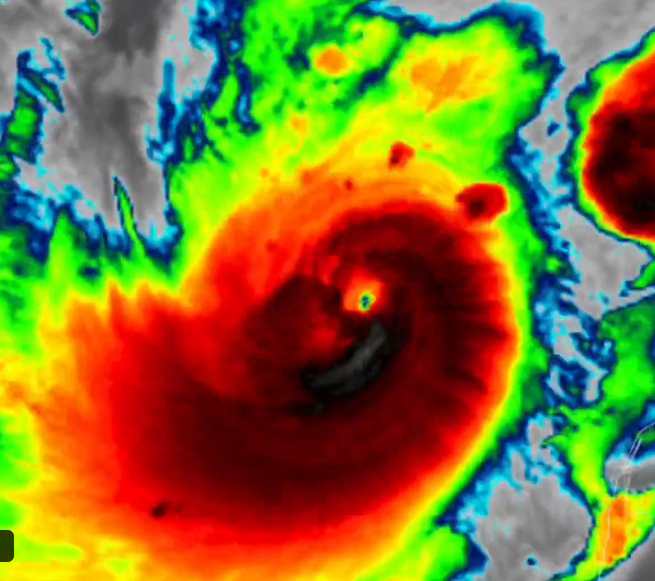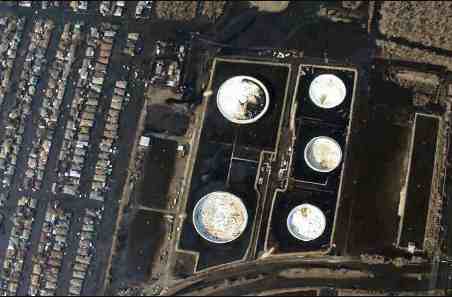A video of the U.S. Air Force Reserve’s “Hurricane Hunters” flying through the center of Hurricane Florence went viral.
Between Florence and storms in the Gulf of Mexico and Hawaii, the daredevil crews who fly planes into the heart of extreme weather to record meteorological data have had a busy week.

“Every storm has its own personality,” said Major Jonathan Brady of the Air Force Reserve 53rd Weather Reconnaissance Squadron, a meteorologist and veteran Hurricane Hunter. “Some are worse than others. We do have to deal with turbulence. We need to measure how bad it is, that’s why we do it.”
The Hurricane Hunters began in 1947 when an Air Corp pilot flew through the eye of a hurricane on a dare and realized it could be a useful way of measuring storms. The crews have evolved since then to become an essential part of how the U.S. tracks and analyzes hurricanes.
Hurricane Hunters operate WC-130J Super Hercules airplanes — four-engine propeller planes originally designed to carry troops or cargo. The aircraft have been modified, and are packed with weather sensors and a crew of five. The sturdy planes have flown through category 5 hurricanes unscathed, but Hunters still have to deal with extreme turbulence and the occasional lightning strike.
“When we’re in the military, we do a lot of things that are not normally safe,” Brady said. “We fly airplanes into war zones, and people are shooting at aircraft, and we’re dodging bullets and dropping bombs in the Air Force. Our mission is that instead of flying into a war zone, we’re flying into a natural disaster zone.”
An Air Force reserve HC-130J Hercules attached to to the 53rd Weather Reconnaissance Squadron flys aerial weather missions for the Hurricane Hunters into hurricane Florence, Sep. 12, 2018 out of the Savanah Air National Guard base, Georgia. The U.S. Air Force Reserve 53rd Weather Reconnaissance Squadron, or Hurricane Hunters, is conducting a storm tasking mission into Hurricane Florence, currently a category 4 storm. The taskings provide weather data for the National Hurricane Center to assist in providing up-to-date and accurate information for storm forecasts. (U.S. Air Force Video by Technical Sgt. Chris Hibben)
“Without us they just have satellite, the occasional ship or buoy observations, but we go in and dissect the storm and give them a whole array of information,” Brady said.
The Hunters are driven by curiosity, he said, as much as thrill-seeking.
“My interest has always been weather, even as a little kid. I enjoyed watching thunderstorms with my dad. I loved the lightning, and wanted to learn about how it all happened. When I grew up, I wanted to be a meteorologist,” Brady said.
His love of nature’s more extreme forms led him to chase tornadoes as an amateur storm hunter in college, and become a weather officer for the Air Force after graduation. Brady became a Hurricane Hunter in 2011.
“That wasn’t my plan as a kid, but it just seemed like an appropriate way to go once I did thunderstorms to tornadoes, the next biggest thing would be a hurricane, so that was my progression,” he said.
But he understands the risks he’s taking. “There’s probably safer things to do, I’ll say that.”
Source:VOA








